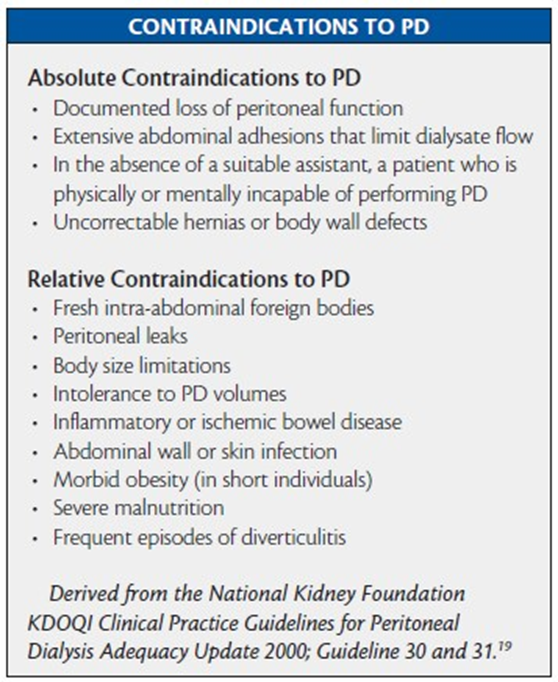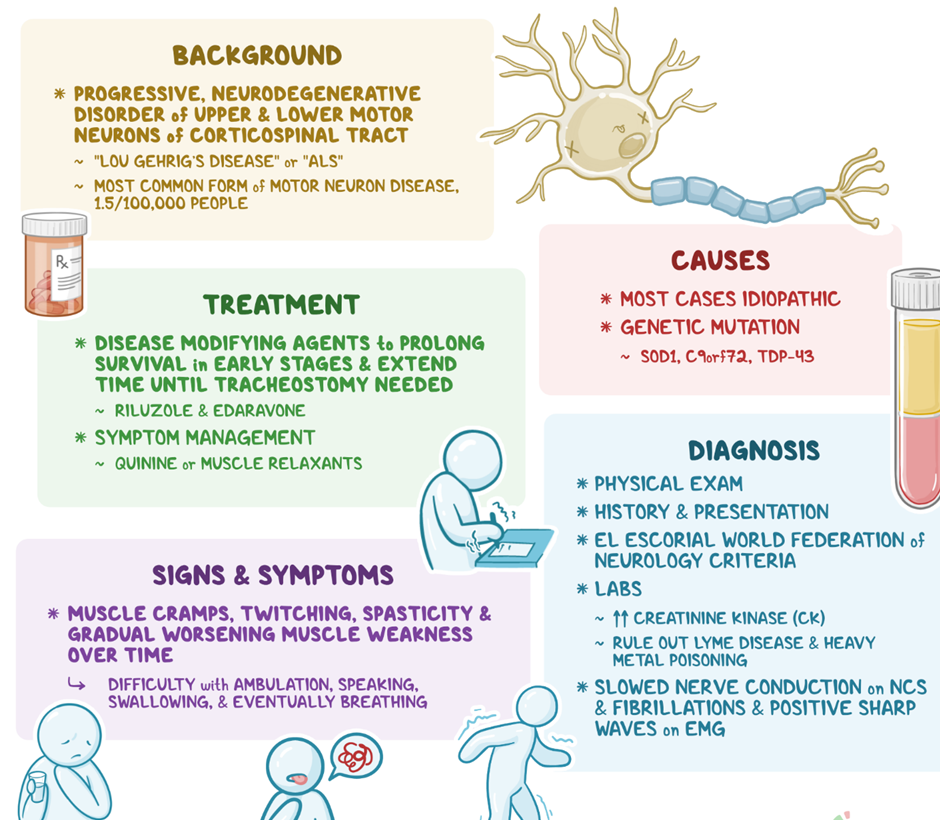A client with lung cancer who wears a subcutaneous morphine sulfate patch for pain is short of breath and is difficult to arouse. When performing a head to toe assessment, the nurse discovers four analgesic patches on the client's body. Which intervention should the nurse implement first?
Measure the client's blood pressure.
Remove all of the morphine patches.
Apply oxygen per face mask.
Administer a narcotic antagonist.
The Correct Answer is D
A. Measure the client's blood pressure:
While monitoring blood pressure is an important aspect of assessing a client's overall condition, it is not the immediate priority in a suspected opioid overdose. Respiratory depression and difficulty in arousing are more critical concerns that warrant prompt intervention with naloxone.
B. Remove all of the morphine patches:
While eventually, the nurse will need to address the presence of multiple morphine patches, removing them is not the first action. Administering naloxone to reverse the opioid effects takes precedence over patch removal.
C. Apply oxygen per face mask:
While providing oxygen may be necessary to support respiratory function, it doesn't address the underlying cause of the respiratory distress, which is likely opioid toxicity. Administering naloxone is the more direct and immediate intervention to counteract the effects of the opioids.
D. Administer a narcotic antagonist:
This is the correct and immediate priority. If the client is difficult to arouse and has multiple morphine patches, it raises concerns about opioid toxicity. Naloxone is a narcotic antagonist that can reverse the effects of opioid overdose, particularly respiratory depression, and is crucial in this scenario to restore normal respiratory function.
Nursing Test Bank
Naxlex Comprehensive Predictor Exams
Related Questions
Correct Answer is D
Explanation
A. Type 2 diabetes mellitus
Type 2 diabetes mellitus is not a contraindication for peritoneal dialysis. In fact, peritoneal dialysis can be a suitable option for individuals with diabetes who require renal replacement therapy. However, the presence of diabetes may require additional considerations and close monitoring.
B. Nephrotic syndrome history
Having a history of nephrotic syndrome is not a contraindication for peritoneal dialysis. Peritoneal dialysis can be used in individuals with various causes of chronic kidney disease, including those with nephrotic syndrome.
C. Latent hepatitis C
Latent hepatitis C alone may not be an absolute contraindication for peritoneal dialysis. However, the decision to initiate peritoneal dialysis would depend on the overall health status of the client, the degree of liver involvement, and the risk of infection. Close monitoring and appropriate precautions may be necessary.
D. Crohn's disease with colectomy
Crohn's disease with colectomy is considered a contraindication for peritoneal dialysis. Surgical alterations in the abdomen, such as colectomy, can lead to adhesions or other complications that may interfere with the effectiveness of peritoneal dialysis. In such cases, alternative forms of dialysis, such as hemodialysis, may be considered.

Correct Answer is C
Explanation
A. Increasing anxiety:
While emotional and psychological aspects are important in holistic care, immediate intervention is usually required for physiological concerns. Increasing anxiety may need attention, but it is not as urgent as addressing potential respiratory issues.
B. Inappropriate laughter:
Changes in emotional expression, such as inappropriate laughter, can occur in ALS due to involvement of upper motor neurons. While notable, it may not be as urgent as addressing respiratory concerns.
C. Weakened cough effort.
In ALS, respiratory muscles can become affected as the disease progresses, leading to respiratory complications. Weakened cough effort is concerning because it can indicate potential respiratory muscle weakness, which may lead to difficulty clearing secretions and an increased risk of respiratory compromise or infection.
D. Asymmetrical weakness:
Asymmetrical weakness is a common feature of ALS, but it may not necessarily warrant immediate intervention unless there are sudden changes or signs of acute distress. Respiratory symptoms, such as weakened cough effort, often require more immediate attention.

Whether you are a student looking to ace your exams or a practicing nurse seeking to enhance your expertise , our nursing education contents will empower you with the confidence and competence to make a difference in the lives of patients and become a respected leader in the healthcare field.
Visit Naxlex, invest in your future and unlock endless possibilities with our unparalleled nursing education contents today
Report Wrong Answer on the Current Question
Do you disagree with the answer? If yes, what is your expected answer? Explain.
Kindly be descriptive with the issue you are facing.
